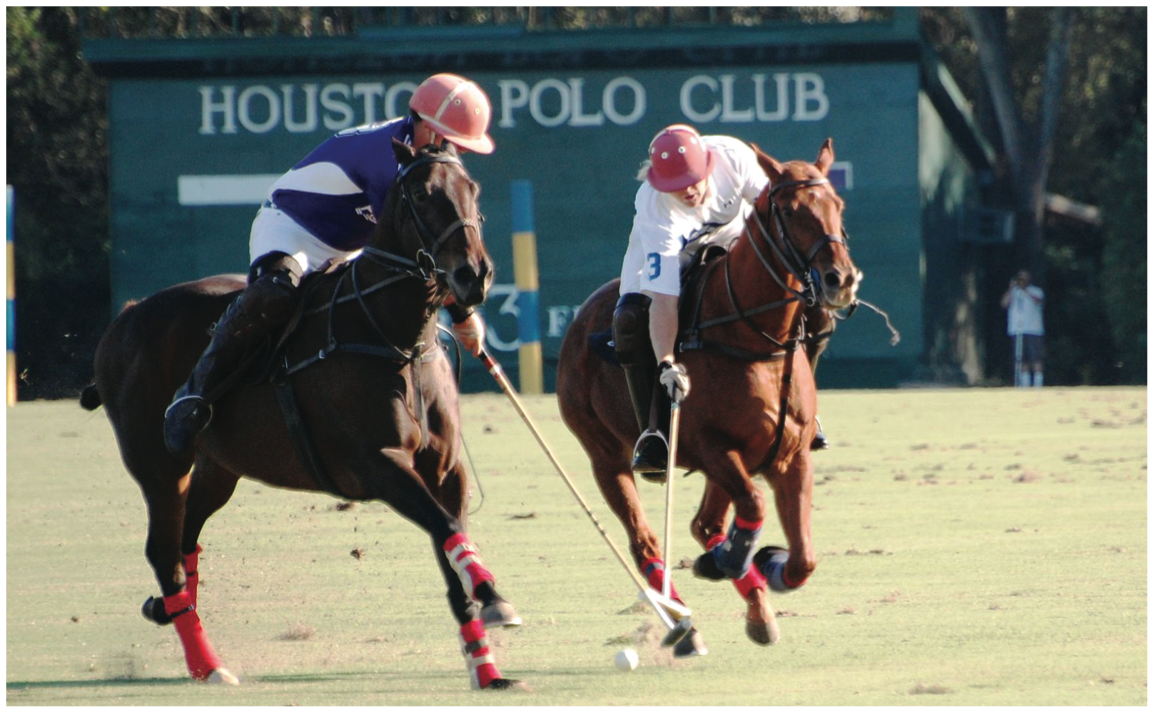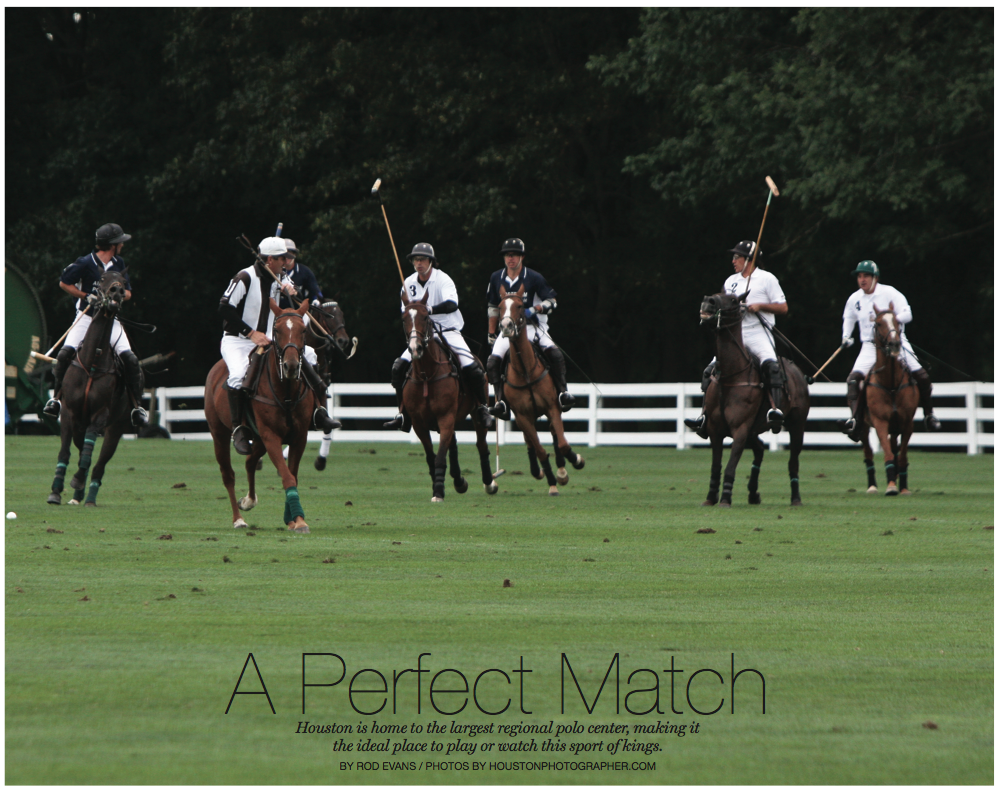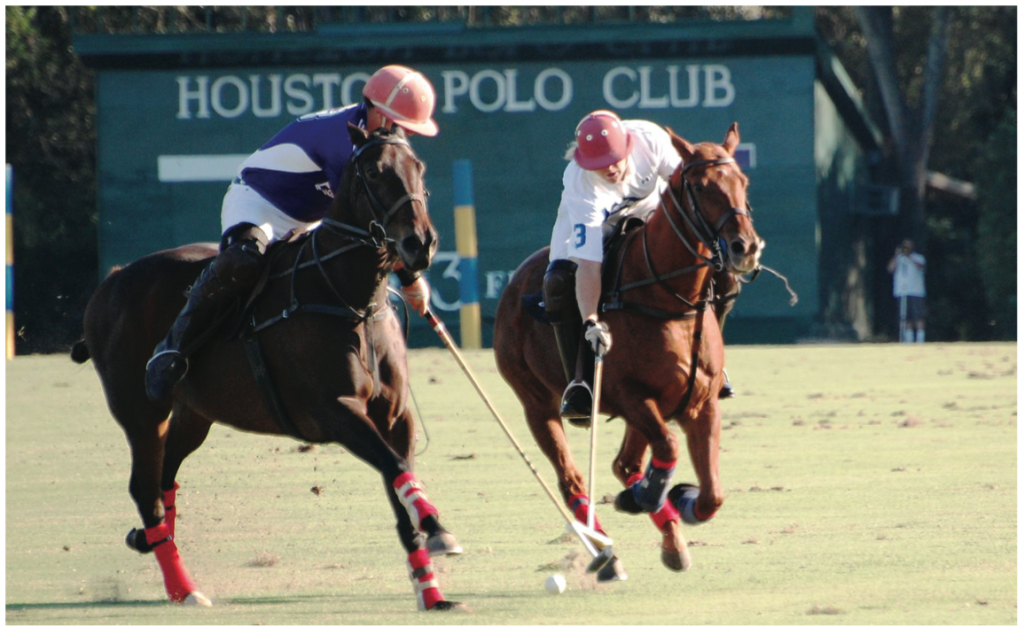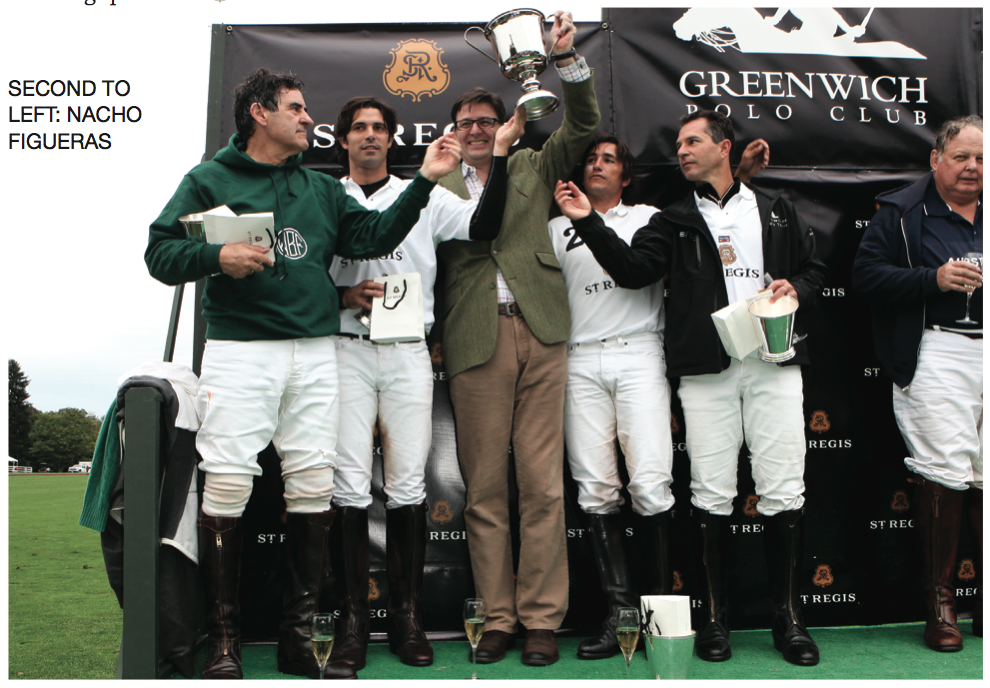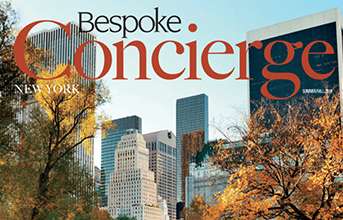A Perfect Match
Houston is home to the largest regional polo center, making it the ideal place to play or watch this sport of kings.
By Rod Evans | Photos by houstonphotographer.com
They represented the classic image of wealth and opulence in turn-of-the-century New York City. Even the name—Astor—seemed to denote royalty. In photos from the period, John Jacob Astor IV, with his white boater hat, and wife Ava— adorned in long, flowing dresses and accessorized by wide-brimmed hats—conveyed an image of privilege and luxury.
In America in 1904, the sport of polo was literally the “sport of kings.” Matches were held at exclusive clubs, where entry was allowed only to the fortunate few whose last names were sufficiently high in the social strata, who sipped champagne from crystal flutes as the action played out in front of them on lush green fields with dashing players atop majestic steeds.
Around the turn of the century, the son of William Astor and great-grandson of fur trading magnate John Jacob Astor, was one of the key players in the hosting of polo matches on Governors Island in Manhattan that were the highlight of the New York social scene. After founding the St. Regis New York in 1904, Astor fostered a strong bond between polo and the new luxury hotel. But after divorcing Ava in 1909 and marrying Madeleine Force, Astor would perish among the hundreds that died when the Titanic sank in 1912.
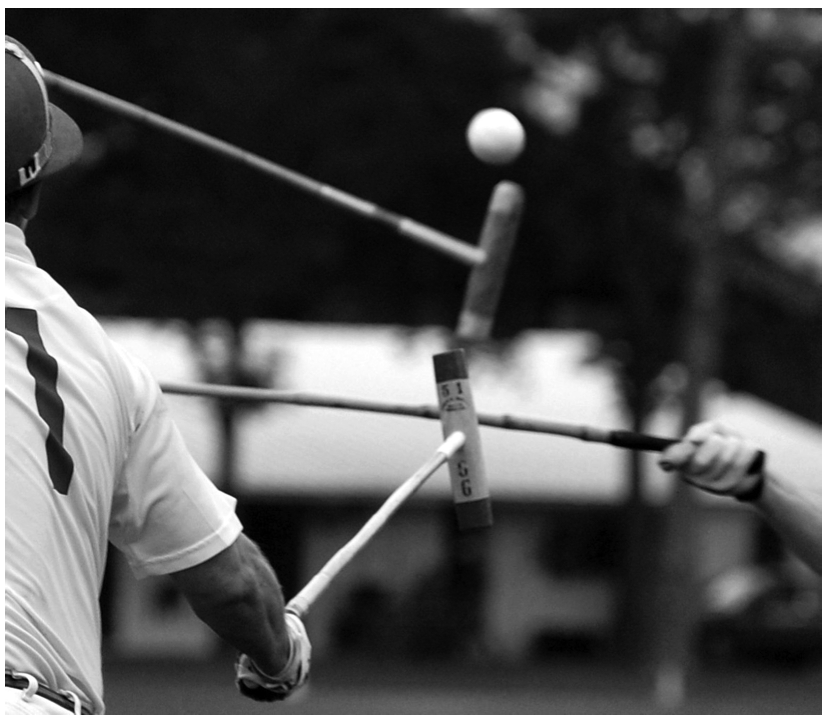 But while Astor died in the most famous shipwreck in history, the St. Regis continued his legacy of supporting and promoting the sport of polo, a connection that continues today. But one thing has changed: Polo, while still a sport primarily enjoyed by people of means, has gradually become a more inclusive pastime available to all. Modern polo clubs sponsor polo schools that teach the ancient game to newcomers and host matches that are open to the public.
But while Astor died in the most famous shipwreck in history, the St. Regis continued his legacy of supporting and promoting the sport of polo, a connection that continues today. But one thing has changed: Polo, while still a sport primarily enjoyed by people of means, has gradually become a more inclusive pastime available to all. Modern polo clubs sponsor polo schools that teach the ancient game to newcomers and host matches that are open to the public.
Today, with hotels and resorts around the world in such destinations as Buenos Aires, Singapore and Bangkok, as well as the newly refurbished St. Regis Houston, St. Regis Hotels & Resorts remains an influential player in the advancement of polo and sponsors many international matches each year.
Key Ingredients
At first glance, polo might resemble hockey on horses, with players swinging sticks (mallets in polo) in an attempt to push a small ball past a pair of goal posts—but the similarities end there.
The sport is played on a 300-by-160-yard field with four players per side. Players wield mallets that are around 40 inches long with a hardwood crosspiece at the end and try to hit the 3.5-by-4.5- ounce ball through the goal posts, which are set 8 yards apart. Polo “ponies” aren’t really ponies, but are in truth full-sized horses, often Thoroughbred crosses—usually mares—trained exclusively to play the game and are blessed with speed, stamina and the ability to stop and start quickly. Each player rides at least three different ponies during a match. The matches are divided into six periods of play, called chukkers, each one lasting seven minutes. One of the oldest polo traditions takes place between the third and fourth chukkers, when spectators are invited onto the field to “stomp the divots” churned by the galloping hooves.
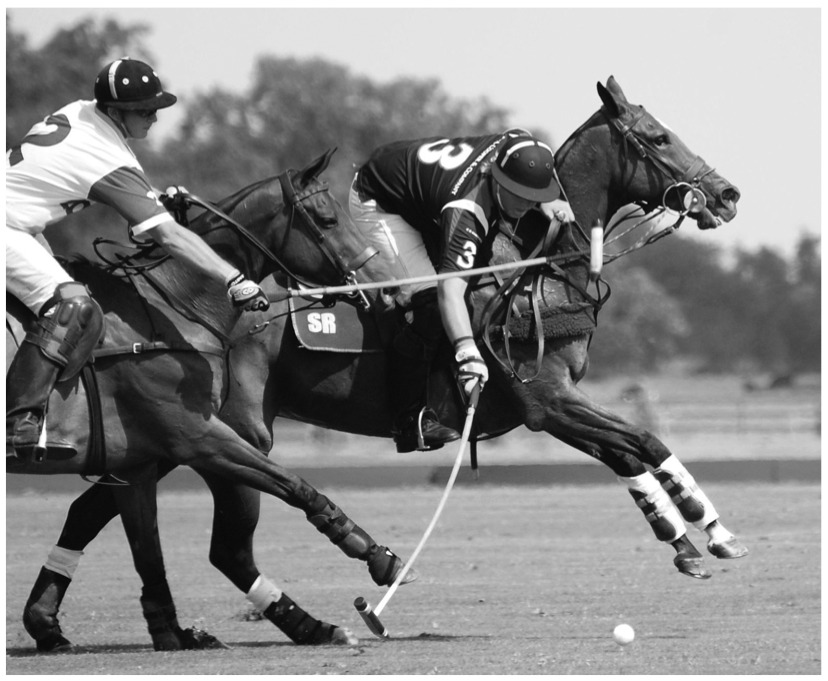 Player ability is represented by his/her “goal” ranking, also called a handicap. The United States Polo Association (USPA) assigns goal ranks ranging from -2 to 10, with players attaining a 10 rating being extremely rare. Additionally, matches are rated by goals, derived from the sum goal total of the players on the field. The players’ uniform numbers denote their specific position, with the players wearing numbers 1 and 2 playing offensive roles, while the number 3 is worn by the team leader, who serves as the pivot between offense and defense. The number 4 is ordinarily worn by the team’s defensive specialist.
Player ability is represented by his/her “goal” ranking, also called a handicap. The United States Polo Association (USPA) assigns goal ranks ranging from -2 to 10, with players attaining a 10 rating being extremely rare. Additionally, matches are rated by goals, derived from the sum goal total of the players on the field. The players’ uniform numbers denote their specific position, with the players wearing numbers 1 and 2 playing offensive roles, while the number 3 is worn by the team leader, who serves as the pivot between offense and defense. The number 4 is ordinarily worn by the team’s defensive specialist.
Watching a polo match is almost like a cross between attending the Kentucky Derby, the America’s Cup yacht race and an NFL football game. The VIP tents are populated by the well- heeled and tailgaters gather around the grill in the shaded parking area, while horse aficionados stroll the stables to get an up close look at the ponies.
Bayou City Polo
Houston, long known for its uninhibited, oil soaked, frontier culture, also boasts one of the largest and oldest polo clubs in North America. The Houston Polo Club (HPC), founded in 1928, celebrates its 85th anniversary this year. Situated on 26 acres of real estate next to beautiful Memorial Park, the HPC is recognized by the USPA as the largest Regional Polo Center (RPC) in the nation. The USPA has designated just five clubs in the country as RPCs, which are given support by the mother organization to grow the sport in the U.S.
Earlier this year, the HPC announced a merger with the Brookshire Polo League, located to the west of the Greater Houston area, in a move that HPC Executive Director Pam Mudra says gives the HPC the largest playing membership of any single USPA club in North America.
“We just finished our first season under the merger, and it was very successful,” Mudra says. “You could see the difference in the quality of play and overall excitement of the club.”
The merger swelled the HPC’s playing member ranks to nearly 150 players, including top women’s player Sunny Hale and Jeff Hall, one of America’s best male polo players. But perhaps more importantly, the partnership is expected to bolster the club’s Polo School, as well as its junior, intercollegiate and interscholastic polo development programs.
Last fall, the club hosted the prestigious U.S. Women’s Open, the largest female polo competition in the country and an event that had been on a 20- year hiatus. The tournament, sponsored by Cartier, featured 16 teams, a very high level of play and more than 1,000 spectators. “We had women from all over the world competing. The winning team included Dawn Jones, wife of Tommy Lee Jones, who has played at our club in the past,” Mudra says. “Dawn was even named MVP of the tournament.”
The HPC divides its calendar into spring and fall seasons, with the 10-week spring season beginning in April and running through June. The 11-week fall season begins in early September and runs through late November. Matches are held on Sunday afternoons in an atmosphere that is both elegant and casual, with many fans tailgating before and after the matches.
Mudra says the HPC is currently discussing polo partnership opportunities with The St. Regis Houston that she hopes will be finalized by the time the spring season begins. “We’re very excited about the possibility of partnering with the St. Regis given its long history of supporting polo around the world,” Mudra says.
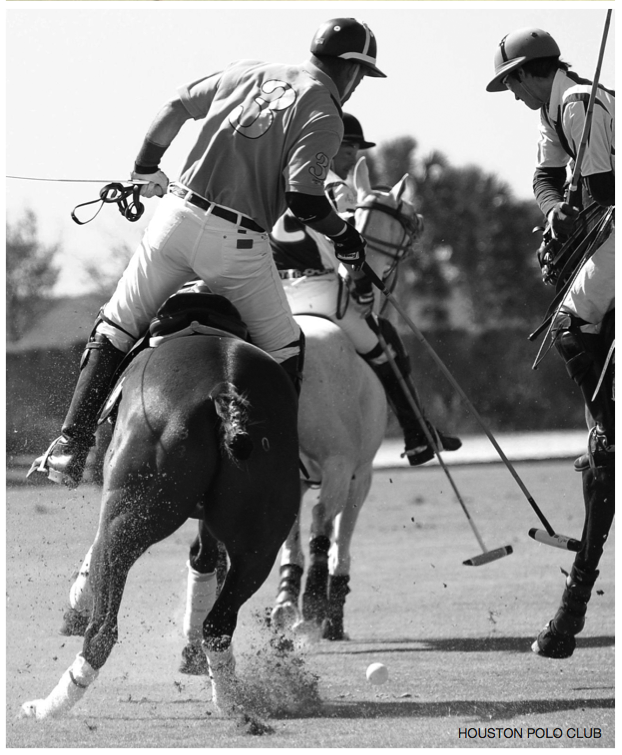 In addition to taking in a polo match as a spectator during a stay at The St. Regis Houston, guests who would like to get in some action on the field themselves can take advantage of the benefits that HPC’s large membership base affords, as Mudra says practice chukkers can be scheduled for players during their visit.
In addition to taking in a polo match as a spectator during a stay at The St. Regis Houston, guests who would like to get in some action on the field themselves can take advantage of the benefits that HPC’s large membership base affords, as Mudra says practice chukkers can be scheduled for players during their visit.
“We can put together a custom package for visitors depending on how long they will be in town,” she says. “We could set up one-on-one time with a pro or put them into an established group for a match. Our large membership gives us a lot of options.”
For members, the club places a high priority on teaching and fun. Riding lessons are available to beginners, who then graduate to the eight-week Polo School. Having completed their lessons, players can advance to tournament polo or to the “Margarita League,” open to players looking to play socially. Mudra says newcomers are often surprised to learn that women make up about 40 percent of the HPC’s membership.
“The USPA says women players are the fastest growing membership segment in the country,” Mudra says. “Many of our female members already know how to ride when they sign up for Polo School, while a lot of the men have to first learn how to ride before they can learn the sport. We have co-ed play throughout the year.”
An Ancient Game
Believed to have originated in Persia around 2,000 years ago, polo was initially a training game for cavalry units, sometimes with as many as 100 players to a side. The sport evolved to become a Persian national sport played exclusively by nobility, with women and men playing the game, though separately. The first records of Europeans playing polo appear around 1600, with British tea planters credited with forming the first European club in 1859 in India. The storied Calcutta Polo Club was founded in the 1860s, helping to spur a boom period in popularity.
New York City was an early hub for the sport in America, with records showing the first matches being held around 1877. The Polo Association, which later became the USPA, was founded in 1890, and helped to spread the sport throughout the country, although it remained an endeavor mainly enjoyed by the wealthy due to the necessary expense of purchasing and maintaining a stable of ponies.
From 1909 to around 1950, the U.S. was dominant in international polo competition, but during the 1930s the sport became increasingly popular in Argentina, and now the South American country is seen as the unquestioned master of international polo, with crowds at matches sometimes exceeding 60,000 spectators.
The St. Regis Connection
The St. Regis continues to be a standard bearer for the sport around the globe through its sponsorship of premier tournaments and the hosting of its own high goal matches. Argentinean pro Nacho Figueras serves as the St. Regis’ connoisseur, a role that calls for Figueras, one of the best players in the world, to act as a global ambassador for the sport. He also oversees the company’s polo website, which provides international polo news, information on St. Regis’ polo related offers and even playing tips from Figueras.
The St. Regis International Cup, held in May at Cowdray Park Polo Club in West Sussex in the U.K., is one of the most highly anticipated high goal matches each year and is attended by heads of state and international celebrities alike.
Last fall, the elite Greenwich Polo Club hosted the first ever St. Regis 1904 Polo Cup, named in recognition of the year The St. Regis New York was founded. Guests enjoyed afternoon tea, St. Regis’ signature Red Snappers and superb polo. The high goal match was won by the St. Regis team, captained by Figueras.
To book a lesson or catch a match in Houston, visit thehoustonpoloclub.com. To learn more about the St. Regis connection and matches worldwide, visit stregispolo.com.
THE ST. REGIS CONTINUES TO BE A STANDARD BEARER FOR THE SPORT AROUND THE GLOBE THROUGH ITS SPONSORSHIP OF PREMIER TOURNAMENTS AND THE HOSTING OF ITS OWN HIGH GOAL MATCHES.

